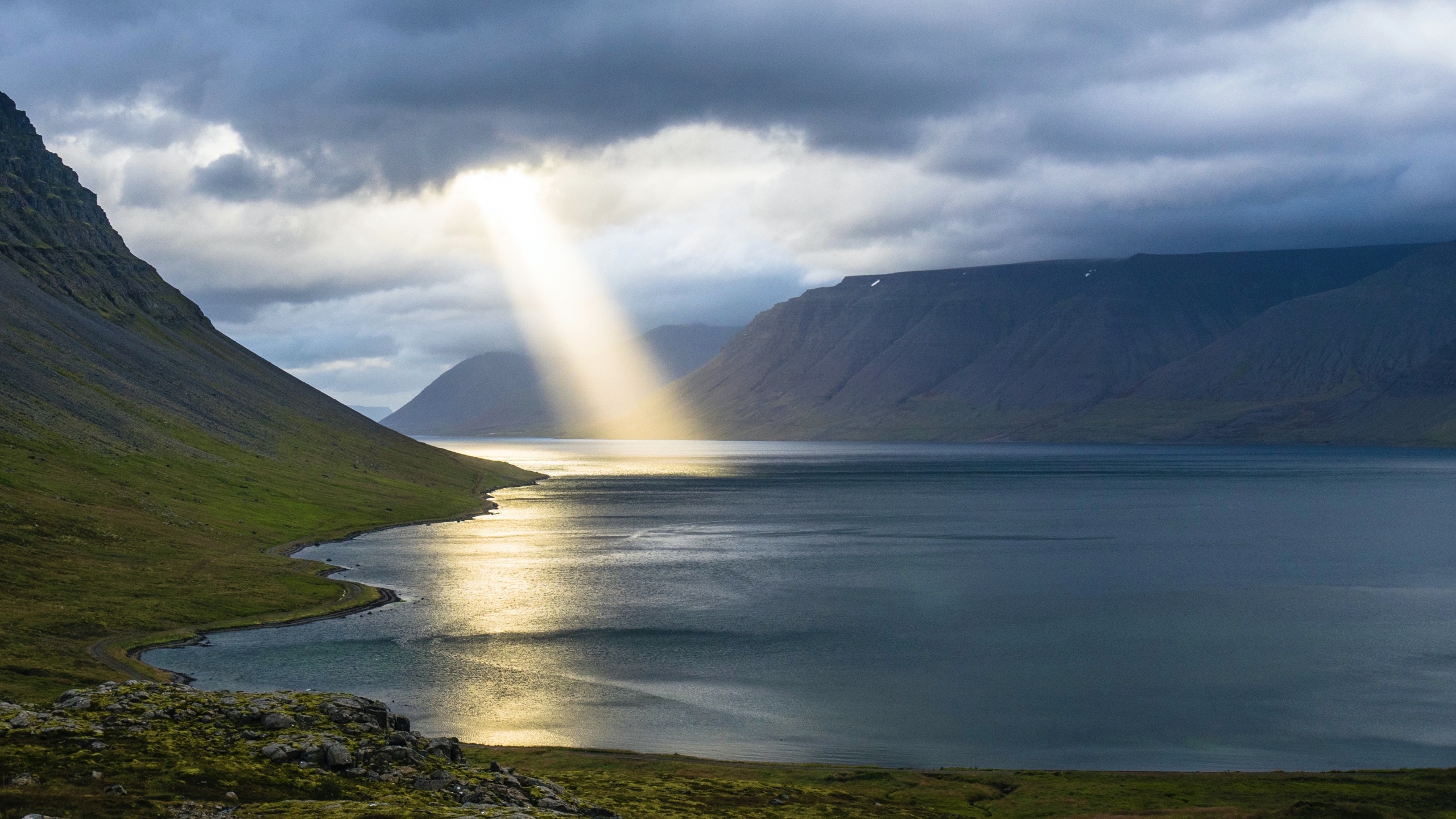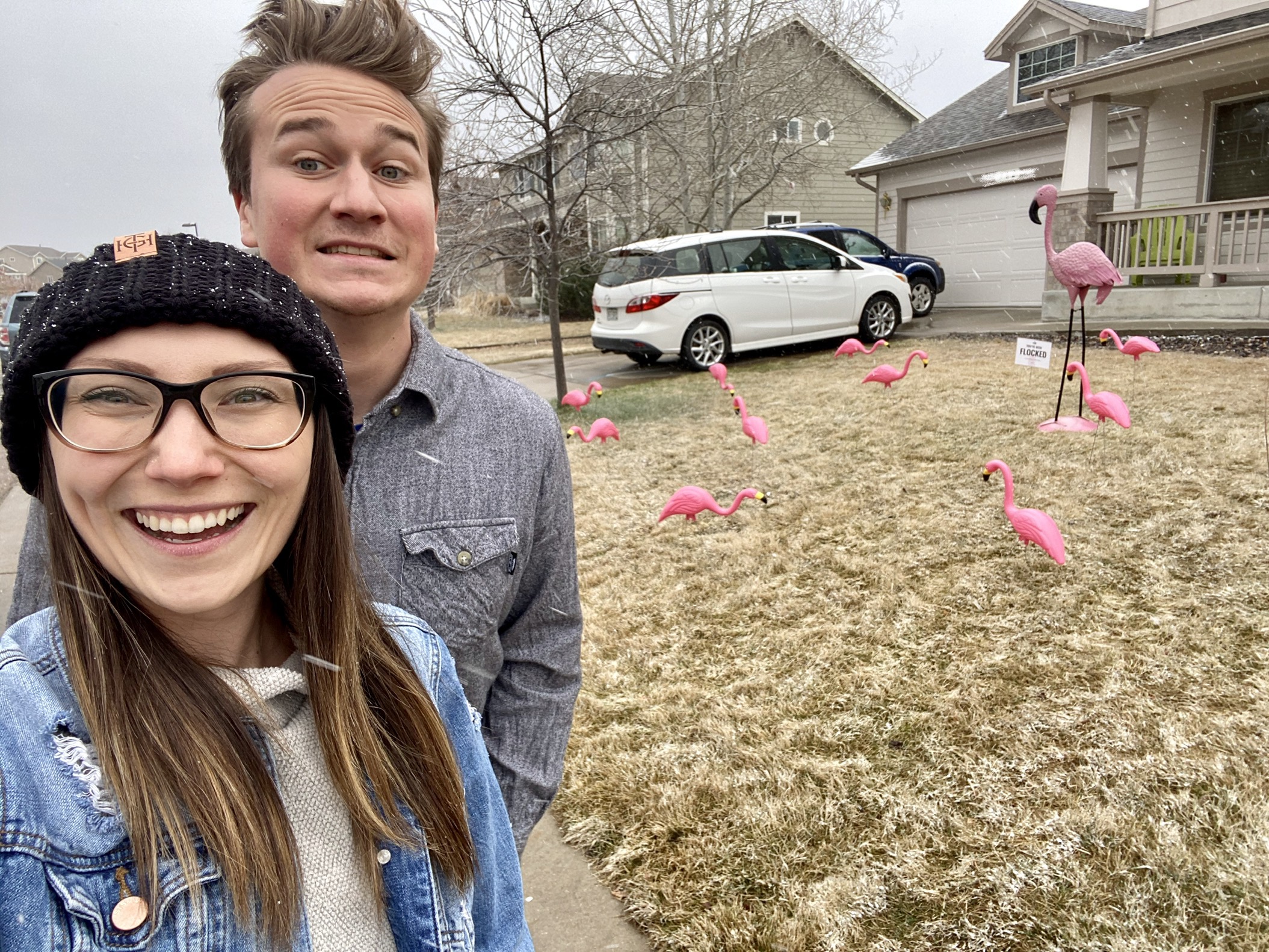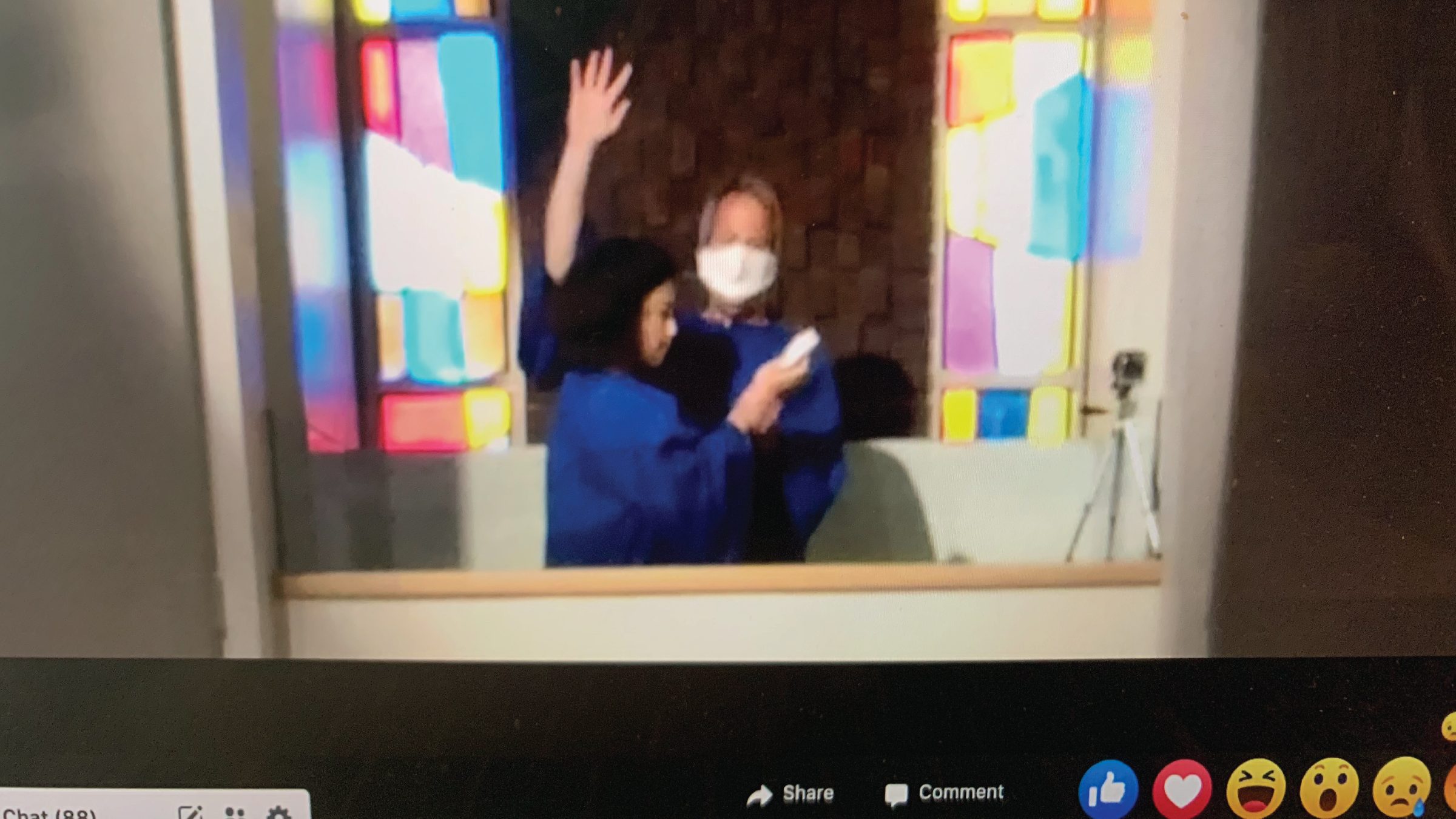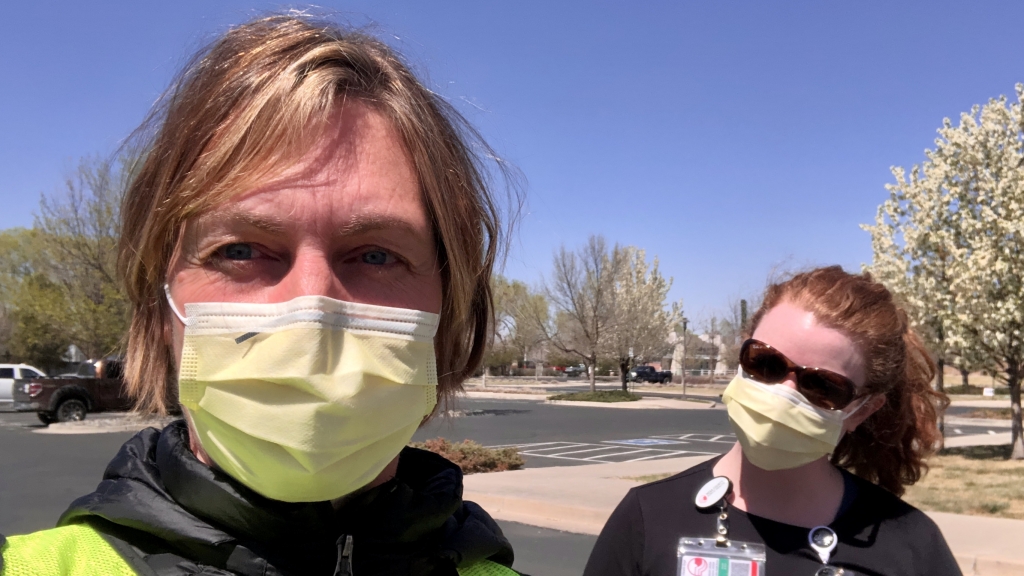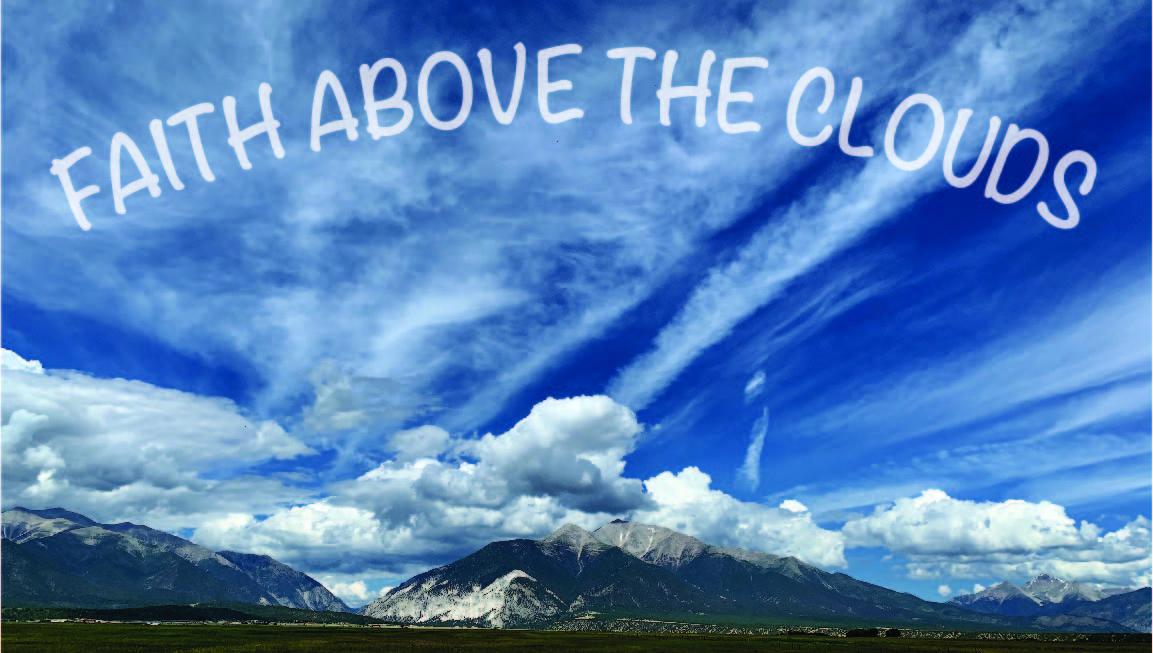By Dr. Heather Thompson Day — Denver, Colorado … Last week I was finishing a work project that took me till after midnight. I felt fine. Tired but, fine. Suddenly, as I was trying to re-read my document, my eyes went blurry. I literally couldn’t get them to focus on anything at all. I couldn’t see. A few minutes later I realized that I was unable to get words that I knew in my brain, to be said by my mouth. I knew that I knew them, but when I tried to say them, the part of my brain that controlled language, was simply not functioning. It lasted for about an hour, and it was very scary and frustrating.
This has happened to me only one time before. It was three years ago, and I was finishing my doctoral program and studying for comprehensive exams. I felt fine. Tired, but fine. Suddenly my eyes got blurry, and I could no longer read and then my brain struggled to provide me with language for words that I knew. I was scared I was having a mini stroke at 30. I went to the ER, and after a couple tests, was told that what I had wasn’t a stroke at all, but something called a migraine with aura, which often only occurs when someone is under acute stress. I was not fine.
I know how to take care of my family. I know how to handle tuck in’s and bath time. Every night before my kids go to sleep, I tell them one thing I am proud of them for. I know how to support my husband. I know what words to say to keep him focused, and what look to give to make him feel loved. I am really good at being a team player at work, writing the emails no one else wants to draft, and telling my boss he can count on me to tie up the loose ends.
You know what I am not good at? Taking care of myself. According to the American Institute of Stress, about 33 percent of people report feeling extreme stress. 77 percent of people experience stress that affects their physical health and 73 percent of people have stress impact their mental health. Stress is literally killing us in this country. We are buried beneath it and we all exist in it so deeply that we trick ourselves into believing it’s normal. Often, we don’t realize the toll it is taking on us physically or mentally, until there is an actual disruption to our daily lives. A panic attack, a migraine with aura, or worse.
This week, I want you to reclaim your Sabbath. The fact that as Seventh-day Adventists, we get to fully grasp a God who commands our rest, is incredibly beautiful. God doesn’t just want your worship; He wants your rest. What does that tell you about the character and image of God? Self-care should not be a privilege afforded to the wealthy. In God’s ideal government, it is a command afforded to all creation.
So, breathe. Watch the show you worry is a waste of your time. Read the book you know you won’t be able to put down. Take a nap, go for the walk, call and sit on the phone with a friend. Do something for you. Let your body take a break from the chaos that is COVID-19, and the worry that is life in 2020.
But above all that, this week, keep your Sabbath. Rest in Him. Because we serve a God who doesn’t just want your productivity. He wants your rest.
Dr. Heather Thompson Day is a member of LifeSource Adventist Fellowship, and a communication professor at Colorado University, and author of six books, including Confessions of a Christian Wife. Photo by Davide Cantelli on Unsplash

